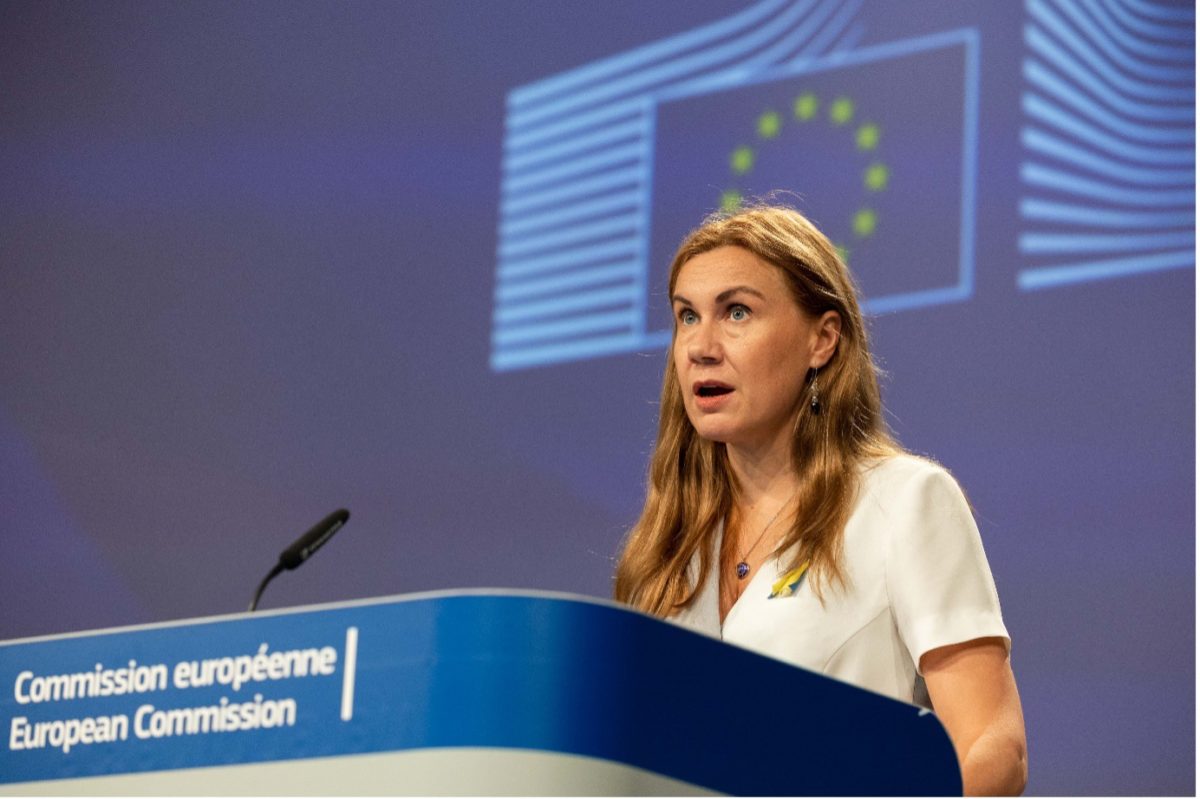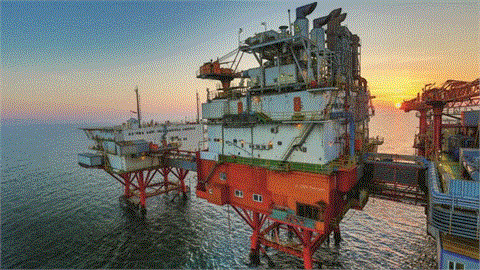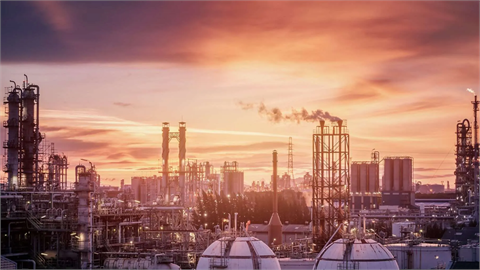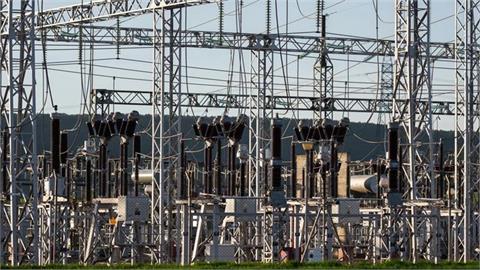by Walburga Hemetsberger, CEO, SOLARPOWER Europe* For centuries, cultures in Europe have marked their calendars to celebrate Midsummer and the Summer Solstice. Traditionally a time to enjoy bright evenings, and the light and hope of the sun, the Summer Solstice falls on June 21
On the longest day of sunlight in 2022, Europe has much to hope for. After difficult pandemic years, enduring cost of living and energy price hikes, and the on-going, unprovoked, Russian war on Ukraine, Midsummer gives us a small moment to reflect on, and hope for, brighter times ahead.
Solar is described as the ‘kingpin’ of the REPowerEU plan to move away from Russian gas. In the current geopolitical climate, the decentralised and domestic production aspect of solar power generation is more appealing than ever. Stories from the Ukrainian resistance, where solar PV is keeping the lights on in hospitals, and homes, underline the strategic resilience of solar power. In partnership with the Solar Energy Association of Ukraine, we recently held a joint webinar on EU and Ukrainian solar markets, where discussions covered the role of renewables in divesting from Russian gas, as well as the role solar will play in the green rebuilding of the country.
As a consequence of the invasion of Ukraine, and the recognition that Europe must move away from Russian fossil fuels, the European Union has dramatically increased its renewable energy ambition. May 18 marked a watershed moment for European solar, with European Commission President Ursula von der Leyen introducing the first dedicated EU strategy for solar expansion. Crucially, we now have a dedicated European target for solar deployment for 2030 – around 750 GWdc. As initial EU ‘Fit for 55’ package proposals translated into around 420 GWac of solar by the end of the decade, this new 600 GWac / 750 GWdc target represents a 43% increase in ambition. In her complementary speech, EU Energy Commissioner Simson reaffirmed SolarPower Europe’s mission that by 2030 “solar energy will be the largest electricity source in the EU.”
Alongside the Solar Strategy, the European Commission has officially proposed a minimum 45% renewables target for 2030, in line with our #Yesto45RES campaign, supported by IPCC scientists and 10 other industry associations. The 45% goal now needs to survive the European Parliament, where key MEPs are calling for even higher targets, and the Council of the EU, where Czechia will soon hold the six-month Presidency. Given this landscape, and the geopolitical urgency, the minimum 45% ambition has a fair chance of enduring. Our modelling suggests that a minimum 45% goal would take Europe into its solar Terawatt Age at the end of the decade. Between the 750 GWdc solar specific target, and the Terawatt reality that could be achieved, solar could replace the equivalent of up to 117 bcm of Russian gas by 2030 (out of annual imports of 155 bcm).
(for further reading, visit pv-magazine.com)
*Walburga is the CEO of SolarPower Europe. She is responsible for the overall performance of the association. Her previous experience includes her roles as Head of the EU Representation Office at VERBUND for nine years; Advisor of Financial and Capital Markets at The Association of German Public Banks and Association of Public Banks (VÖB / EAPB); Competition lawyer at Haarmann Hemmelrath; A Parliamentary Assistant to Austrian MEP and experience in the DG Competition Merger Control Task Force. Walburga has also been a Board Member of Hydrogen Europe. Walburga holds a degree in Law and Business Administration from Leopold-Franzens Universität Innsbruck. She speaks German, English, Dutch and French.
photo: EU Energy Commissioner, Kadri Simson, speaking in Brussels on 18 May / Image: European Union 2022




